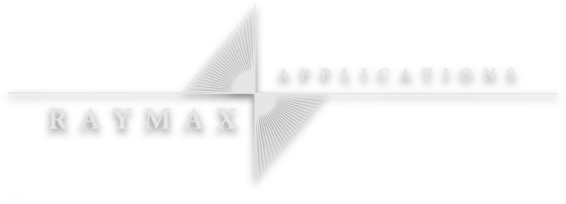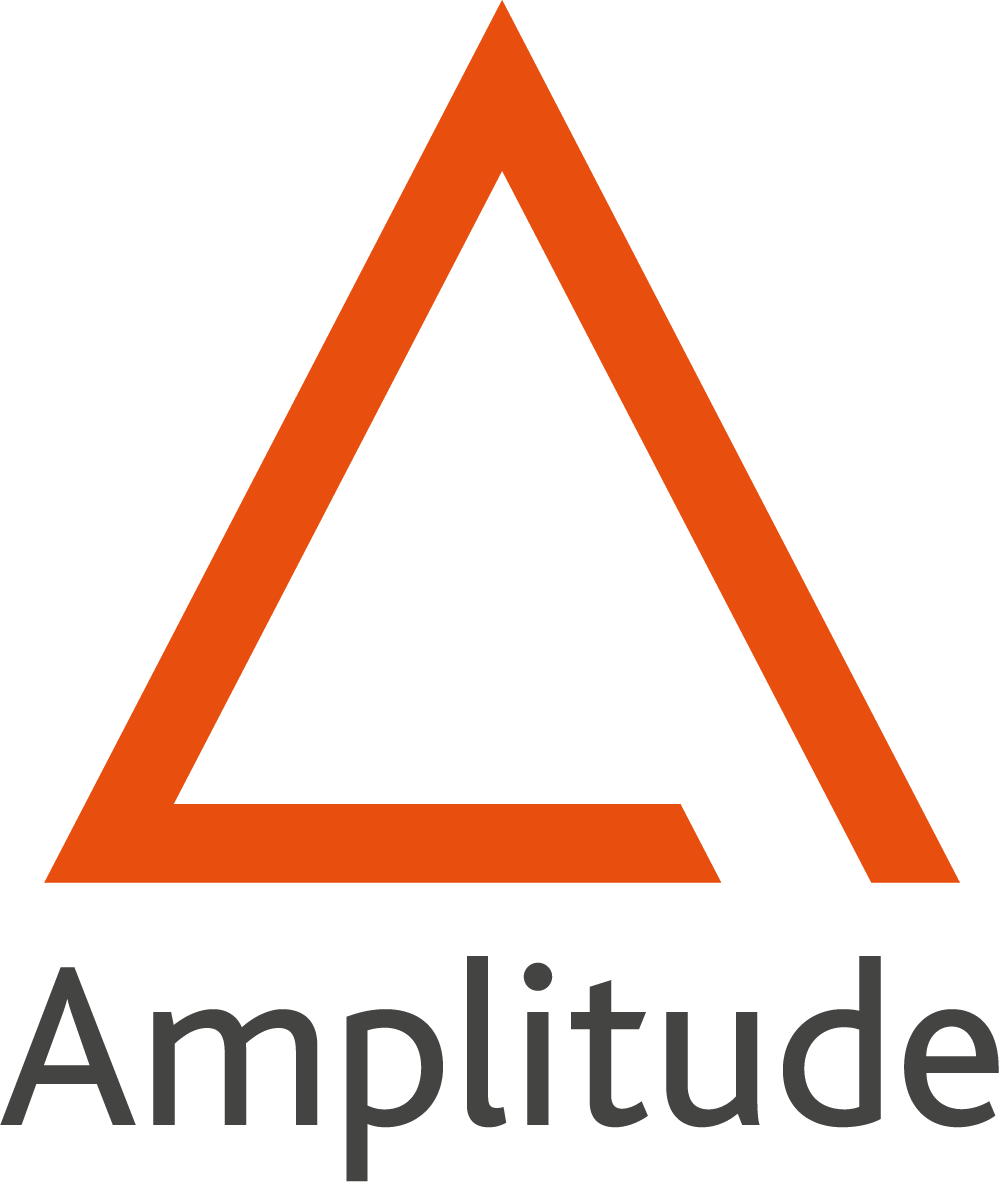

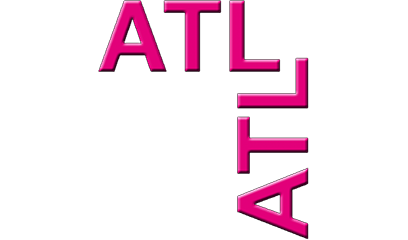




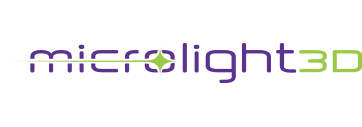
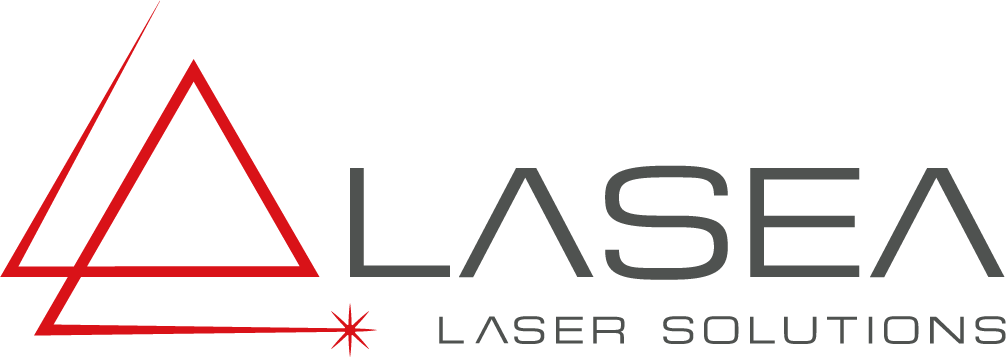

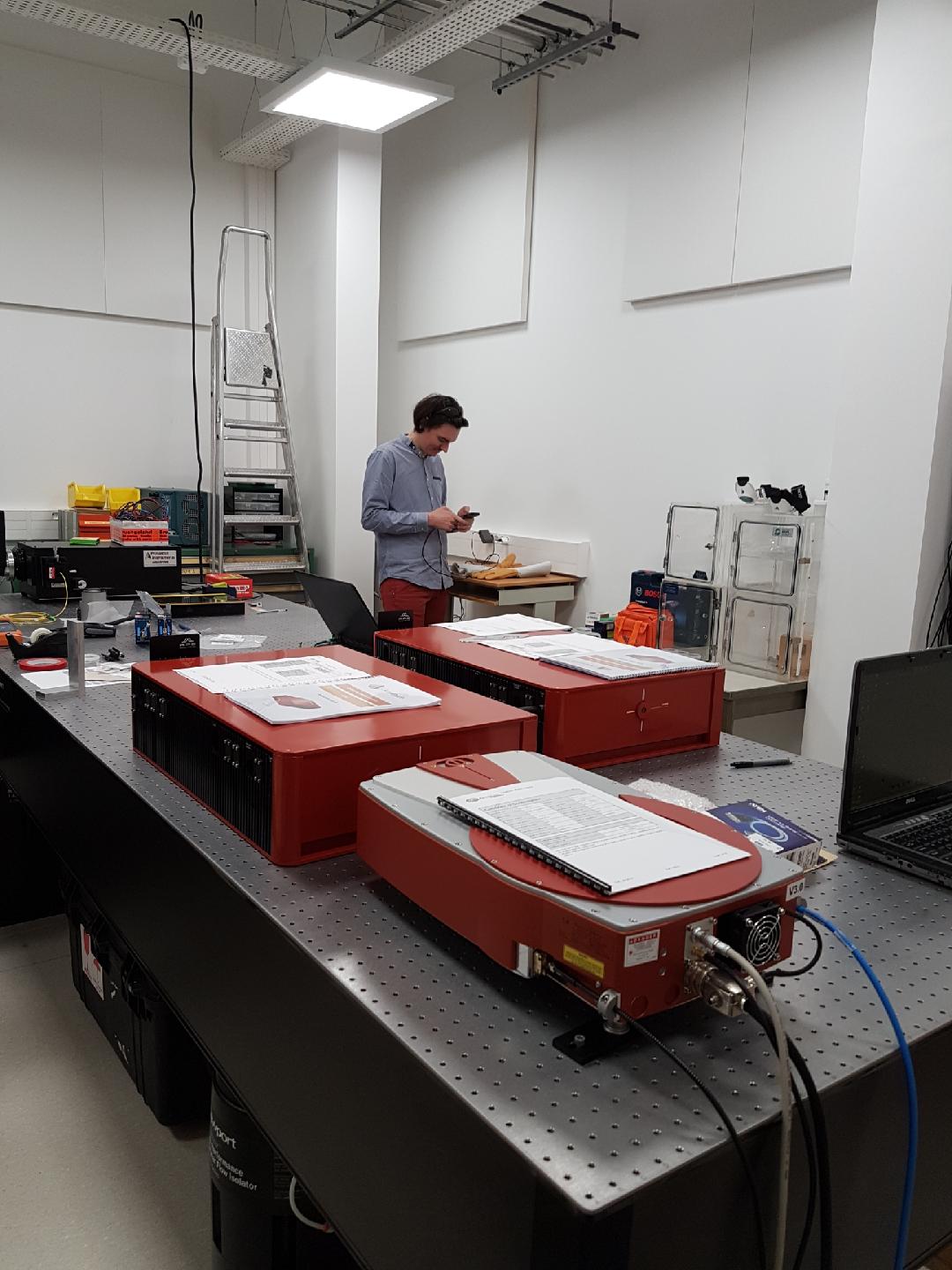
A facilitator of invention
Laser ablation micromachining allows for innovations that would be otherwise impossible – like the silicon chip. The laser ablation systems we supply can generate feature sizes of 1–500 microns. At this size, it’s challenging to find a drill bit, let alone sharpen it. You can also use this laser technology to change the geometric structure of a surface. In doing so, the very nature of that material can be altered.
Achieve extremely precise structures
With laser ablation, the material is removed by a focused, pulsed laser beam to ensure the materials underneath aren’t disrupted. Each pulse removes a very tiny amount of material in a precise pattern to reveal the underlying substrate (material).
There are a few different lasers that can achieve this effect. UV excimer lasers work by decomposing the polymer, generally without heat and remove 0.1 microns of material per pulse. They image the light onto the target. Pico and femto lasers (infrared, green and UV) also work without heat generation. Here the beam is focused onto the target.
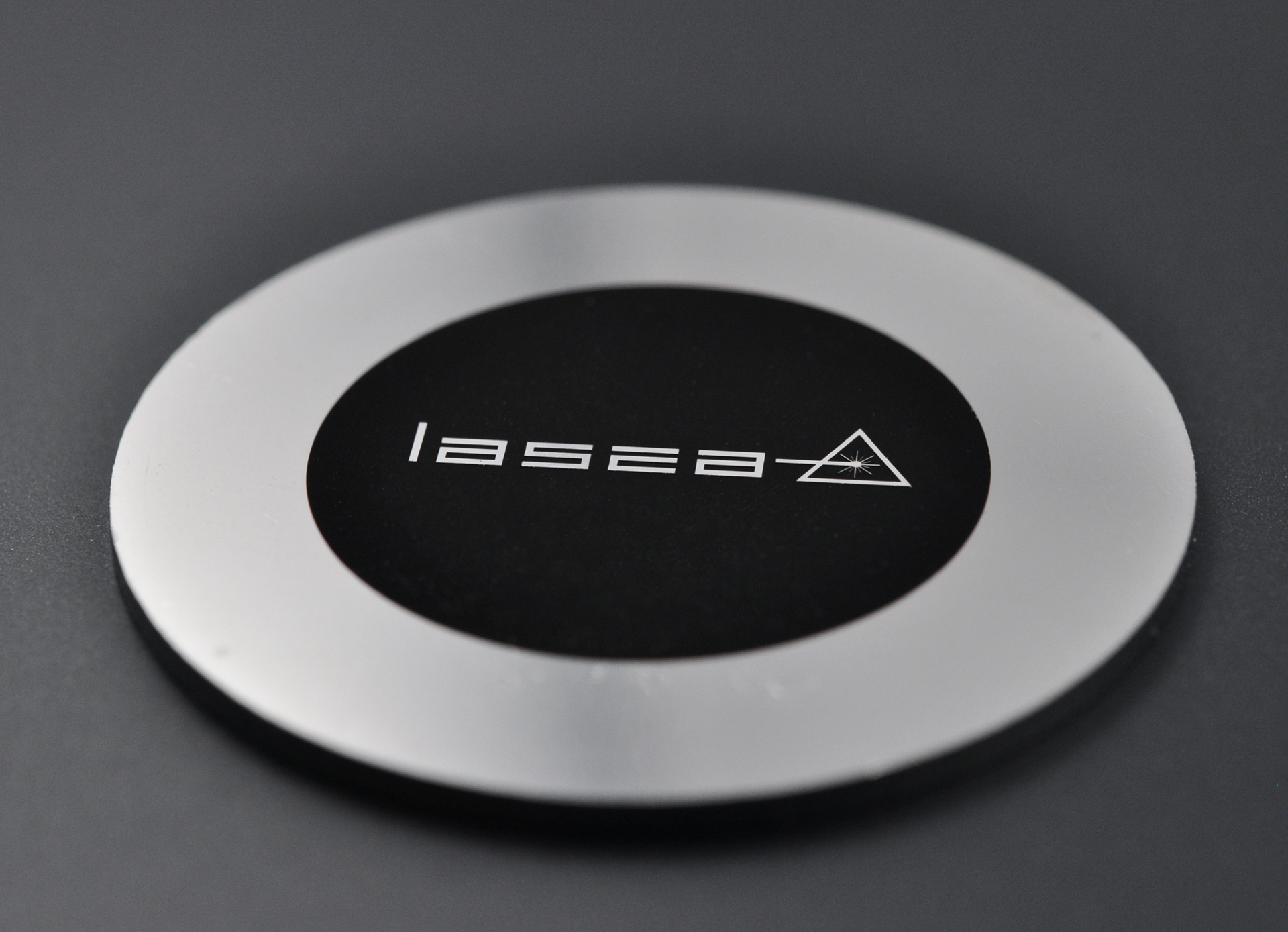
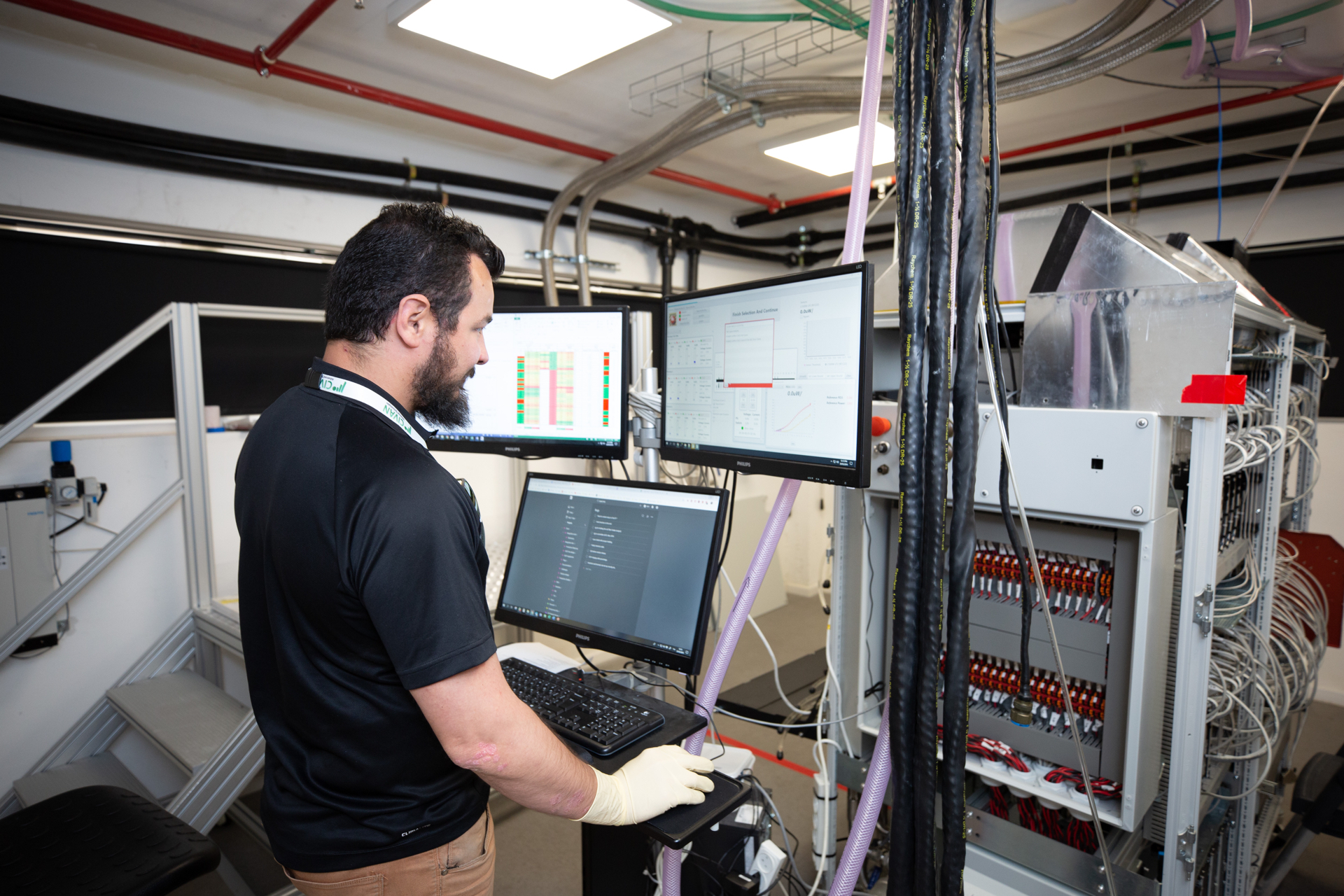
Laser ablation applications
This level of precision has been used extensively in industries such as medical device manufacture, industrial research and security. Talk to Raymax for more information on using laser ablation for anti-counterfeit and serialisation of items.
Applied Spectra LIBS technology harnesses fast reliable solutions that are, precise, environmentally friendly, and adaptable, from field testing, manufacturing, to laboratories.
The ongoing relationship with Raymax and their partners benefits further new capability developments, Supporting the valuable research in diverse areas .

Change the nature of a surface
Modifying the profile of a surface with polymer laser ablation can make it light diffractive or absorbent, hydrophobic (not soluble in water) or hydrophilic (soluble in water). Biomimicry is a fascinating application where this technique is used to replicate naturally occurring surfaces. One example is replicating the structure of gecko toe-pad skin to make the surface adhesive.
1 million pulses a second
It’s possible for femtosecond laser machines from LASEA to operate at more than 1 million pulses per second. This makes quick resurfacing of a large area possible. They can also create finer texturing, with structures of only a few hundred nanometers wide.
The laser sources themselves come from Amplitude, Edgewave and Trumpf, plus some others. Want to find out what’s possible?
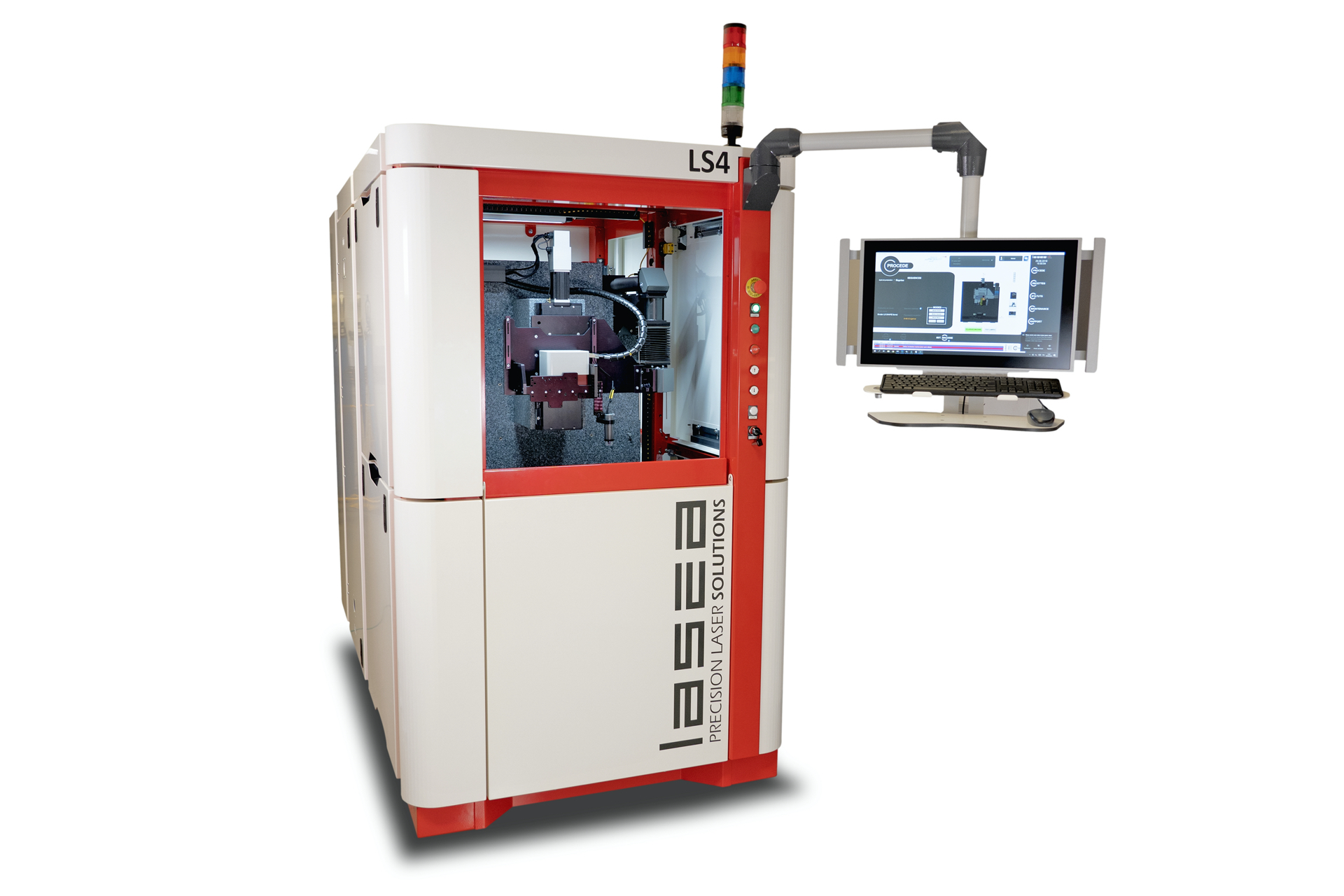
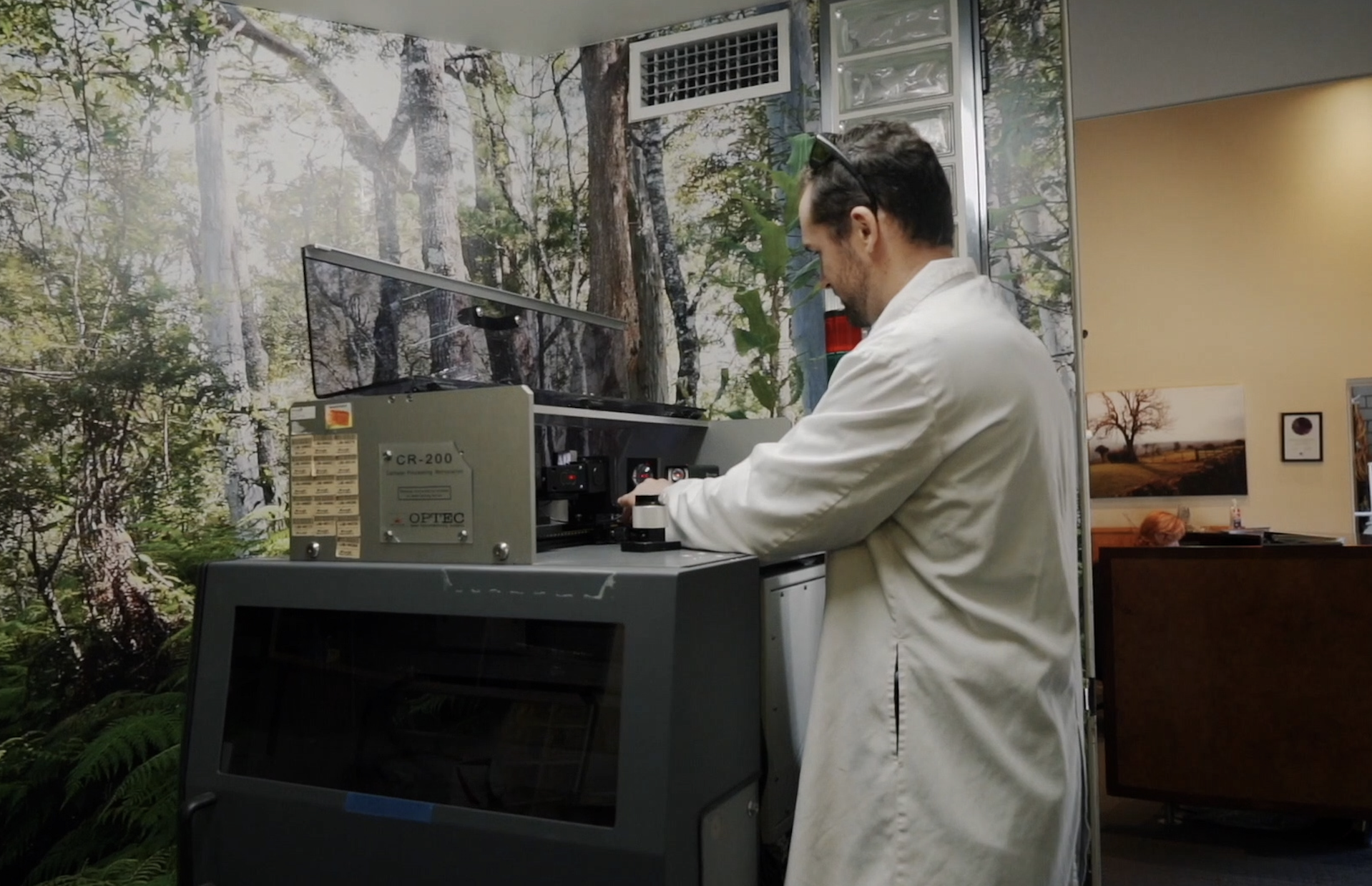
On-site testing in Australia
These are not the laser solutions you’ll easily find in an engineering handbook. But a laser physicist can help you find a solution that will work. Raymax is different to many laser suppliers in that we offer laser evaluation and process development services. We can help you identify a laser solution that works for your requirements.
Why Raymax?
We make laser light work for you. We’ve spent over 30 years demonstrating what’s possible with lasers. In doing so, we’ve helped modernise Australian and New Zealand industries. You’ll be working with a team of physicists and factory-trained engineers—leaders in the supply of laser solutions and photonics equipment. We’re experts in material interaction research. Wherever possible, you’ll be introduced to new technology that can improve operation in ways you might not have imagined possible.
Speak to an expert
Enter your details and we’ll get in touch to discuss your needs.Book a Consultation
Contact Us
(02) 9979 7646
Visit Us
37/5 Ponderosa Parade Warriewood NSW 2102
